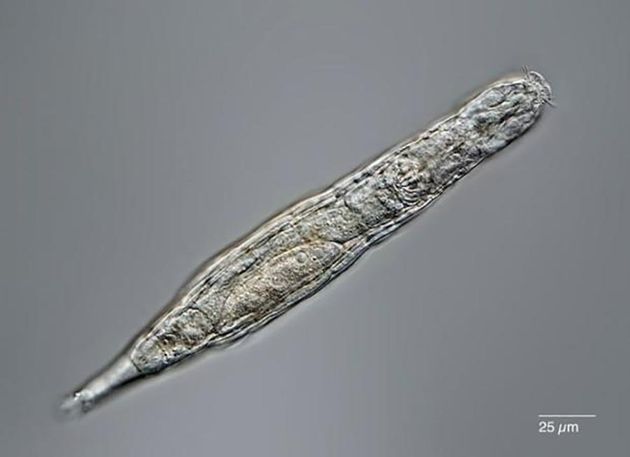Just add water.
Scientists have revived a handful of tiny, multicellular, freshwater creatures known as bdelloid rotifers after they spent 24,000 years frozen in Siberian permafrost.
The findings, published on Monday in the journal Current Biology, indicate the creatures can survive in a state of crytobiosis – where an animal responds to environmental stresses by essentially drying itself out and entering a dormant state – much longer than previously known. Earlier studies found bdelloid rotifers could survive extreme cold in a cryptobiotic state for at least six to 10 years.
“Our report is the hardest proof as of today that multicellular animals could withstand tens of thousands of years in cryptobiosis, the state of almost completely arrested metabolism,” Stas Malavin, a co-author of the study and a researcher at Russia’s Institute of Physicochemical and Biological Problems in Soil Science, said in a press statement.

For this new study, scientists took 11.5-foot-deep core samples from the Alazeya River in northeastern Siberia, where isolated microbes, including rotifers, were found frozen and dormant.
Carbon-dating of the core indicates the rotifers were around 24,000 years old and had been trapped in the frozen soil since the Pleistocene epoch, which ended roughly 11,700 years ago.
Once thawed, the creatures came back to life and began reproducing via parthenogenesis, an asexual process that creates clones of the original.
“We revived animals that saw woolly mammoths,” Malavin told The New York Times, “which is quite impressive.”
Although there’s no doubting the durability of the rotifer, the title of longest nap goes to the nematode. In 2018, scientists revived some of the microscopic worms – also yanked out of the Siberian permafrost – that had been frozen for 42,000 years.